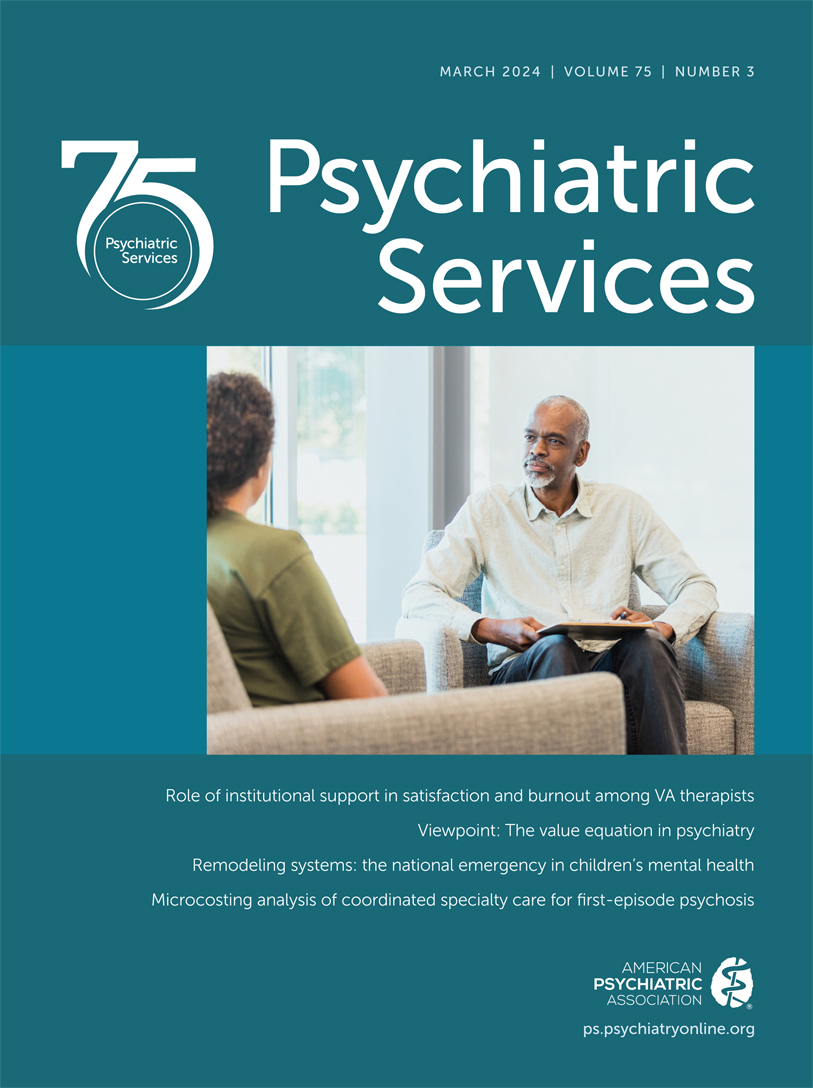Investing in Certified Community Behavioral Health Centers to Fulfill Their Promise
Abstract
Certified community behavioral health centers (CCBHCs) were established under section 223 of the Protecting Access to Medicare Act of 2014. CCBHCs had the goal of expanding access to care for people with behavioral health needs “regardless of ability to pay and place of residence.” The authors used descriptive tables and a heat map to compare the geographic distribution of CCBHCs with county-level rates of mental illness, poverty, and population density. Regression models were employed to determine which county-level characteristics are most strongly associated with the establishment of a CCBHC. The authors found that population density is a stronger predictor of CCBHC presence than are rates of poverty or serious mental illness. Holding all other local characteristics constant, the authors observed that going from the population density typical of the most rural counties to that of the most urban counties was associated with an approximately 28-percentage-point increase (from 7% to 35%) in the likelihood of being served by a CCBHC. Expanding CCBHC services to areas with lower population densities likely requires an approach that is different from the current method of allocation of grant funds by the Substance Abuse and Mental Health Services Administration (SAMHSA). Two features of the program might be modified. The first would build on flexibilities incorporated into the most recent round of SAMHSA grantmaking, which explicitly aim to build infrastructure and capacity to develop a CCBHC. A second modification might seek to identify which certification requirements are essential to supporting CCBHC quality and access and eliminate nonessential requirements.
Access content
To read the fulltext, please use one of the options below to sign in or purchase access.- Personal login
- Institutional Login
- Sign in via OpenAthens
- Register for access
-
Please login/register if you wish to pair your device and check access availability.
Not a subscriber?
PsychiatryOnline subscription options offer access to the DSM-5 library, books, journals, CME, and patient resources. This all-in-one virtual library provides psychiatrists and mental health professionals with key resources for diagnosis, treatment, research, and professional development.
Need more help? PsychiatryOnline Customer Service may be reached by emailing [email protected] or by calling 800-368-5777 (in the U.S.) or 703-907-7322 (outside the U.S.).



